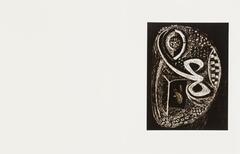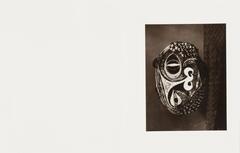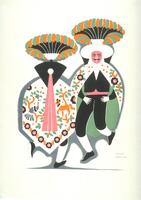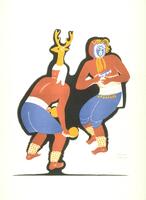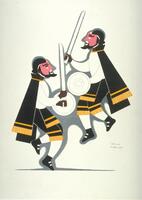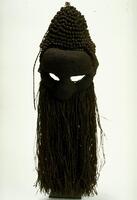32 UMMA Objects
32 UMMA Objects
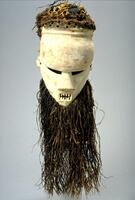
Salampasu (Salampasu)
Mask (Kasangu)
1920 – 1960
Museum Purchase assisted by the Friends of the Museum of Art
1971/2.44
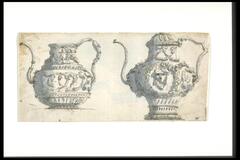
Giuseppe Bison
Two Coffee Pots, One Decorated with Arabesques, the Other with Wreaths and a Mask
1805 – 1831
Museum Purchase
1959/2.57
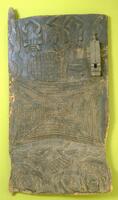
Senufo (Senufo (culture or style))
Door Panel, Secret Society Shrine
1800 – 1971
Gift of Dr. and Mrs. Irving F. Burton
1975/1.68
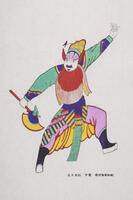
Chinese (Chinese (culture or style))
Chang Fei (opera hero with axe)
20th century
Gift of Harold W. Stevenson, University of Michigan Professor Emeritus in Psychology
2003/1.621

Guro (Guro)
Mask (Zamble)
1950 – 1999
Museum purchase made possible by gifts from of David L. Chambers and John G. Crane and Dr. James and Vivian Curtis
2002/2.348
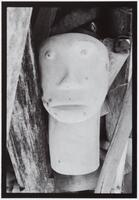
David Vestal
Promessa Monte Santo Bahia, Brazil
10/27/1997 – 12/31/1998
Gift from the Collection of David S. Rosen MD, MPH
2014/2.126
Loading…
